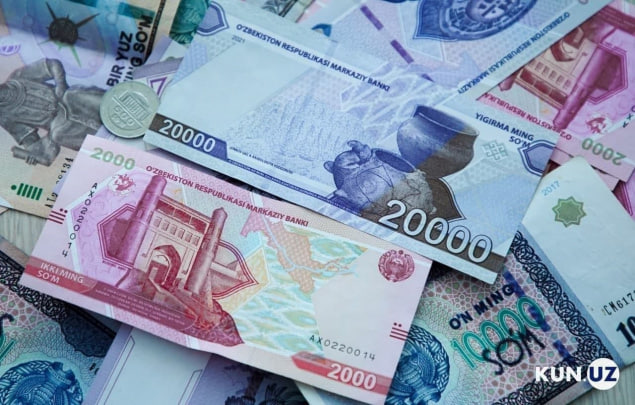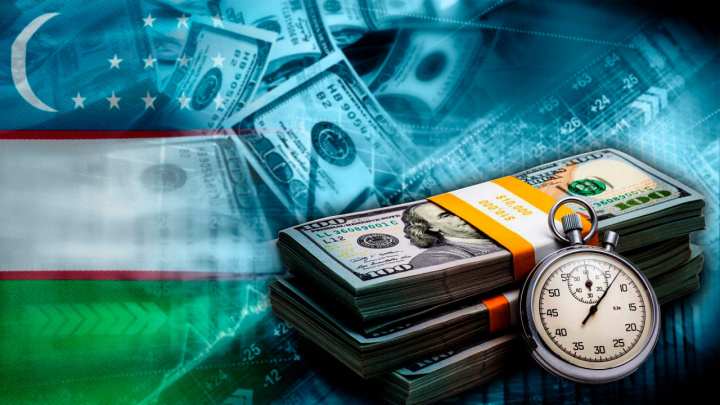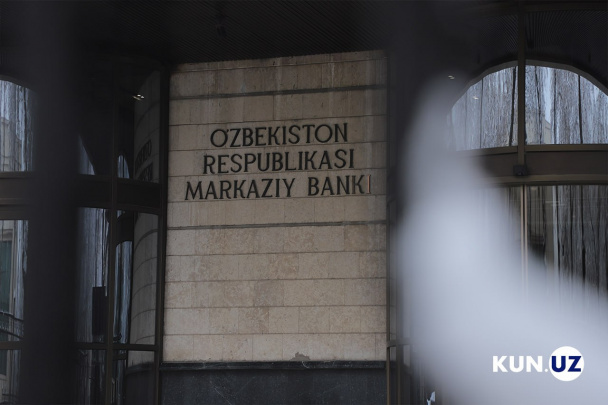Inflation fears soar to two-year peak in Uzbekistan
Citizens increasingly highlight rising utility tariffs and energy costs as key concerns.

Photo: KUN.UZ
Inflation expectations surged significantly in February among both the general population and business community, according to the Central Bank.
The average anticipated price increase over the next 12 months, as reported by citizens, reached 15.3%, marking the highest level since February 2023. The median forecast also climbed to 13.2%, a threshold not seen since that time.
Residents of Tashkent and the Tashkent region projected the steepest inflation rates at 19% and 18%, respectively, followed by Fergana region at 17.5%. More optimistic outlooks came from Syrdarya (12.4%), Navoi (12.5%), and Jizzakh (13.2%) regions.
Among industries, the highest inflation forecasts were reported by workers in manufacturing (17.1%), transportation (16.6%), and education (16.4%). Lower expectations were observed in the food service (13.3%), tourism (13.4%), and agriculture (13.7%) sectors.
Inflation forecasts varied by income level: citizens earning over 15 million UZS monthly anticipated inflation exceeding 20%, while those earning 10–15 million UZS and 7–10 million UZS projected 17.2% and 16.6%, respectively. In contrast, individuals with monthly incomes of 2–3 million UZS expected a 13.8% rise, and those earning 3–4 million UZS foresaw 14.2%.
Utility tariffs emerged as the primary driver of inflation expectations, cited by 63% of respondents, followed by fuel price increases (52%). Currency fluctuations, though still notable at 41%, saw a slight decline in influence. Meanwhile, the impact of monopolies and speculation rose, mentioned by 32% of respondents.
Business inflation expectations, after dipping in January, rebounded sharply. The average forecast reached 13.8%, with a median of 11.2%.
Entrepreneurs in the capital projected the highest price increases at 17.8%, followed by those in Fergana (15.1%) and Tashkent region (14.9%). The lowest estimates came from Surkhandarya (12%), Karakalpakstan, and Syrdarya (12.1%).
Among business sectors, construction led with the highest expectations at 15%, followed by manufacturing (14.6%) and craftsmanship (14.2%). Tourism and IT sectors reported notably lower forecasts (12.6%).
Similar to the public, businesses pointed to utility costs (58%), energy expenses (50%), and currency dynamics (43%) as the main factors shaping their outlook. Rising transportation costs were also frequently cited (34%), while tax burdens and raw material costs were less commonly mentioned (27% each).
Recommended
List of streets and intersections being repaired in Tashkent published
SOCIETY | 19:12 / 16.05.2024
Uzbekistan's flag flies high on Oceania's tallest volcano
SOCIETY | 17:54 / 15.05.2024
New tariffs to be introduced in Tashkent public transport
SOCIETY | 14:55 / 05.05.2023
Onix and Tracker cars withdrawn from sale
BUSINESS | 10:20 / 05.05.2023
Latest news
-
Uzbekistan’s total external debt hits $64.1 billion
SOCIETY | 16:21 / 29.03.2025
-
Mirziyoyev and Tokayev hold informal talks at Medeu ski complex
SOCIETY | 15:35 / 29.03.2025
-
Germany increasingly recruiting Uzbek nurses for healthcare sector
SOCIETY | 15:34 / 29.03.2025
-
Uzbekistan earns over 4 trillion UZS from electricity sales in 2024
SOCIETY | 15:25 / 29.03.2025
Related News

16:21 / 29.03.2025
Uzbekistan’s total external debt hits $64.1 billion

16:30 / 28.03.2025
Gold price hits record high in Uzbekistan, surpassing 1.3 million UZS per gram

18:20 / 26.03.2025
Government to fund 200 startup projects in high-potential sectors

16:20 / 25.03.2025



